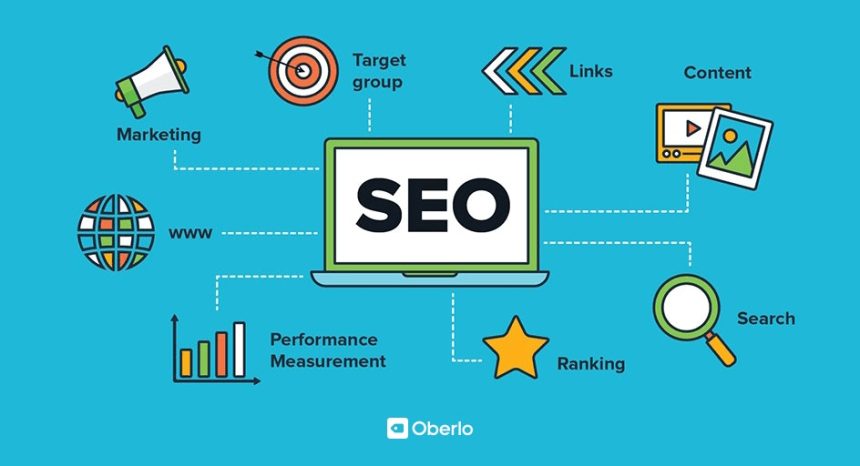Growing your business and generating leads through Search Engine Optimization (SEO) is a crucial aspect of digital marketing. SEO helps improve your online visibility, drives organic traffic to your website, and positions your business as a valuable resource in your industry. Here are steps to help you use SEO to grow your business and generate leads:
- Keyword Research:
- Start by conducting thorough keyword research to identify the terms and phrases your target audience uses to search for products or services related to your business. Use keyword research tools to find high-potential keywords with search volume and relevance.
- On-Page SEO:
- Optimize your website’s on-page elements for SEO:
- Use relevant keywords in page titles, headings, and meta descriptions.
- Create high-quality, informative, and engaging content that aligns with user intent.
- Optimize images and use descriptive alt tags.
- Ensure your website has a clear and logical site structure with easy navigation.
- Optimize your website’s on-page elements for SEO:
- Content Creation:
- Develop a content strategy that includes blog posts, articles, videos, infographics, and other formats to address the needs and questions of your target audience. Regularly publish fresh, valuable content that demonstrates your expertise.
- Link Building:
- Build a strong backlink profile by acquiring high-quality, authoritative links from reputable websites in your industry. Guest posting, influencer collaborations, and content promotion can help with link building.
- Local SEO:
- If you have a physical location or serve a local audience, optimize your website for local SEO:
- Claim and optimize your Google My Business listing.
- Ensure your NAP (Name, Address, Phone number) information is consistent across all online platforms.
- Encourage customer reviews and respond to them promptly.
- If you have a physical location or serve a local audience, optimize your website for local SEO:
- Technical SEO:
- Address technical aspects of SEO to improve website performance:
- Ensure fast page loading times.
- Implement mobile responsiveness for a seamless mobile user experience.
- Create an XML sitemap and submit it to search engines.
- Address technical aspects of SEO to improve website performance:
- Monitoring and Analytics:
- Use SEO tools and analytics platforms to monitor your website’s performance. Track metrics like organic traffic, keyword rankings, click-through rates, and conversion rates.
- Conversion Optimization:
- Optimize your website for conversions by implementing clear and compelling calls to action (CTAs), improving page load times, and conducting A/B testing on landing pages.
- Social Media Integration:
- Promote your SEO-optimized content on social media platforms to increase visibility and drive traffic back to your website.
- Continuous Improvement:
- SEO is an ongoing process. Regularly assess your SEO strategy, adapt to algorithm updates, and refine your tactics based on performance data and changing trends.
- Local Listings and Directories:
- Ensure your business is listed accurately in online directories and local listings relevant to your industry and location.
- Competitive Analysis:
- Analyze your competitors’ SEO strategies to identify opportunities for improvement and stay ahead in your niche.
SEO is a long-term strategy that requires patience and consistent effort, but it can yield significant results in terms of growing your business and generating leads. As you optimize your online presence, you’ll increase your visibility to potential customers, attract more organic traffic, and establish your authority in your industry.


Leave a Reply